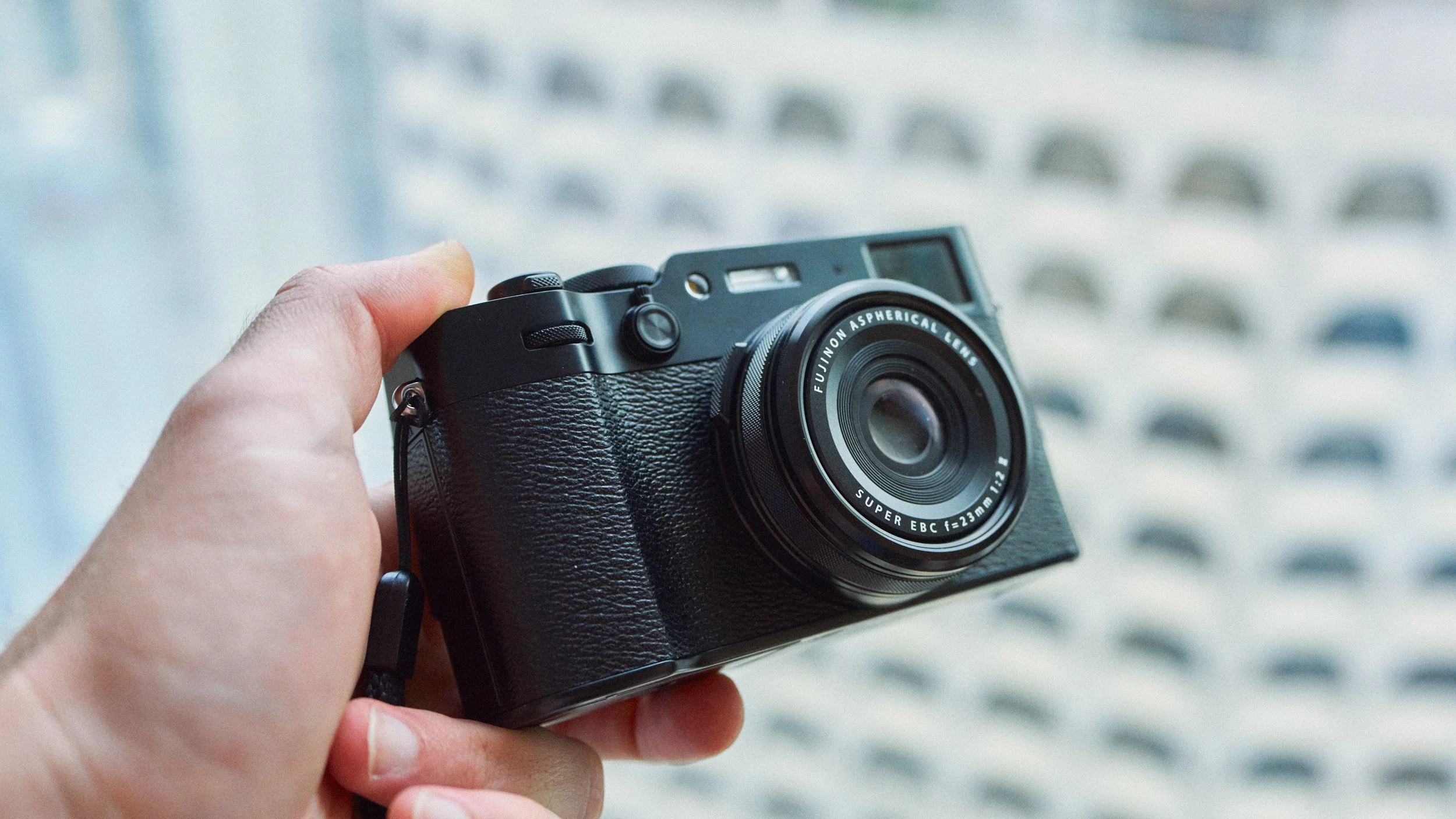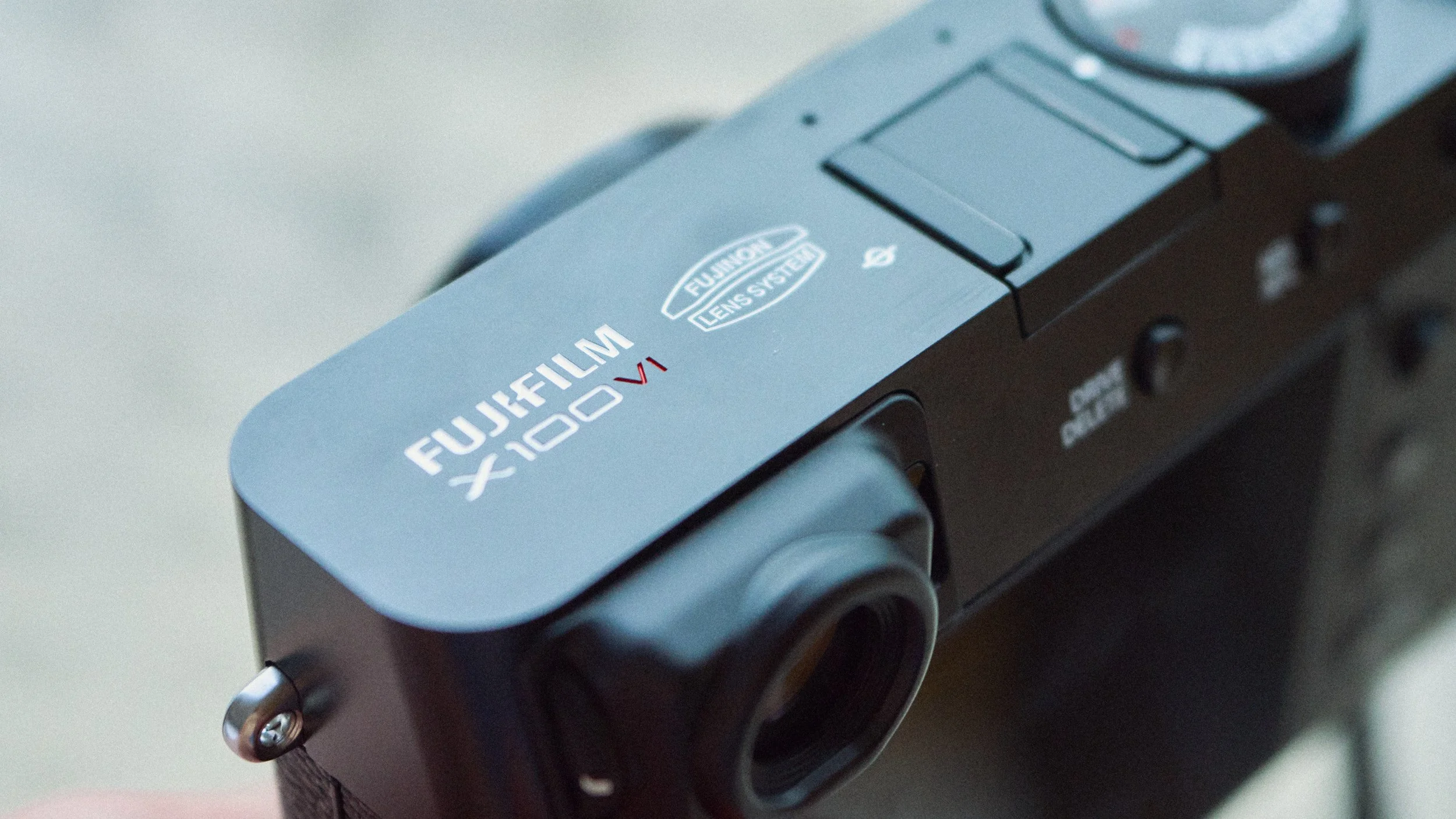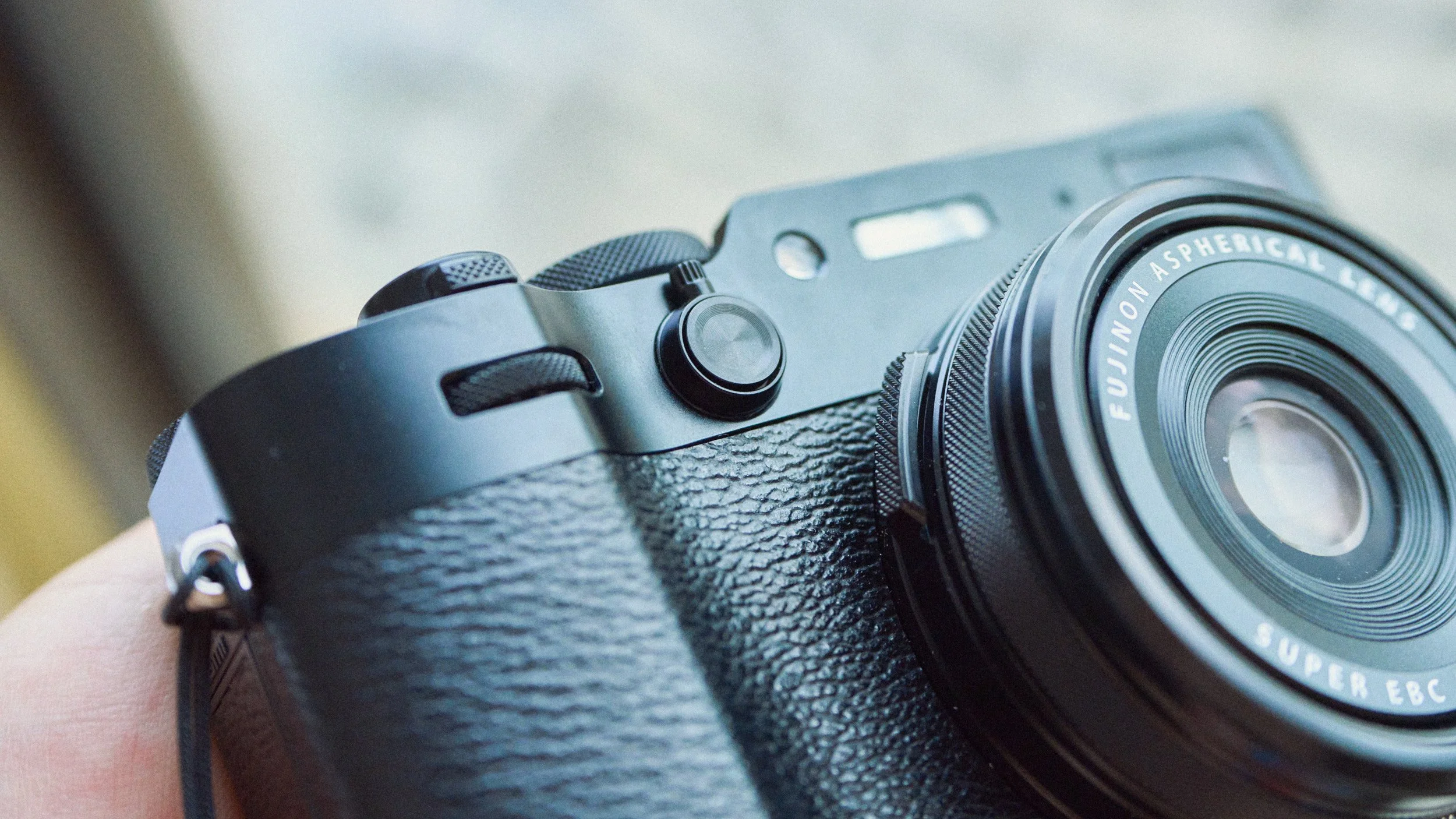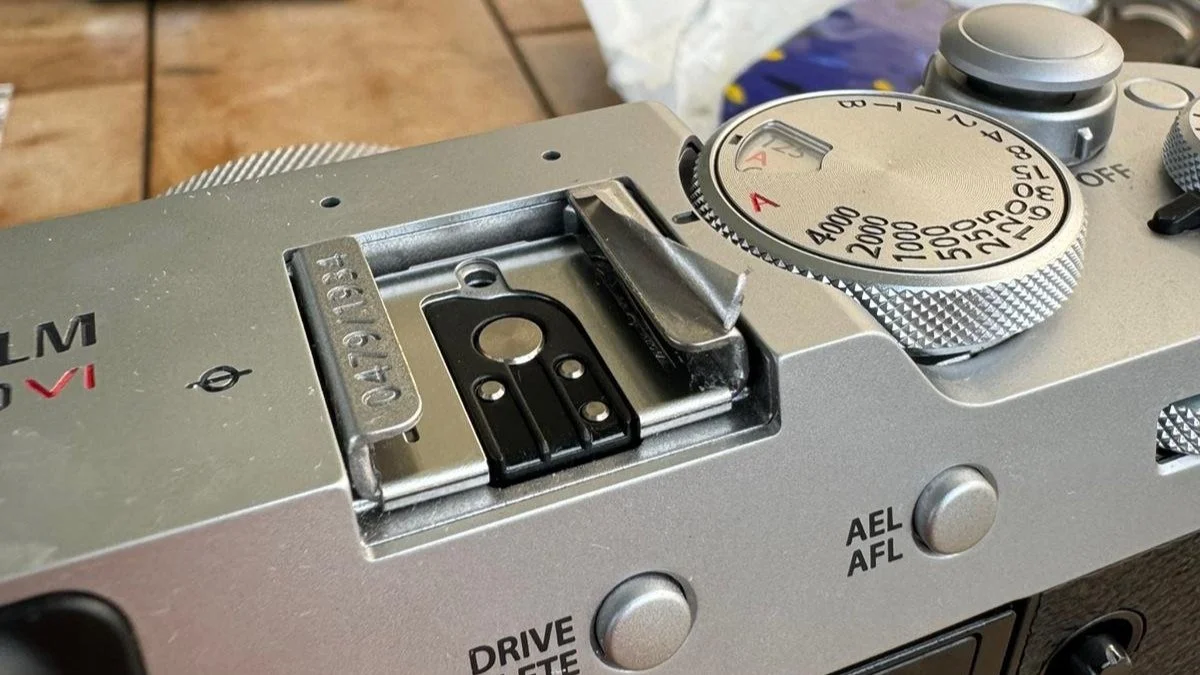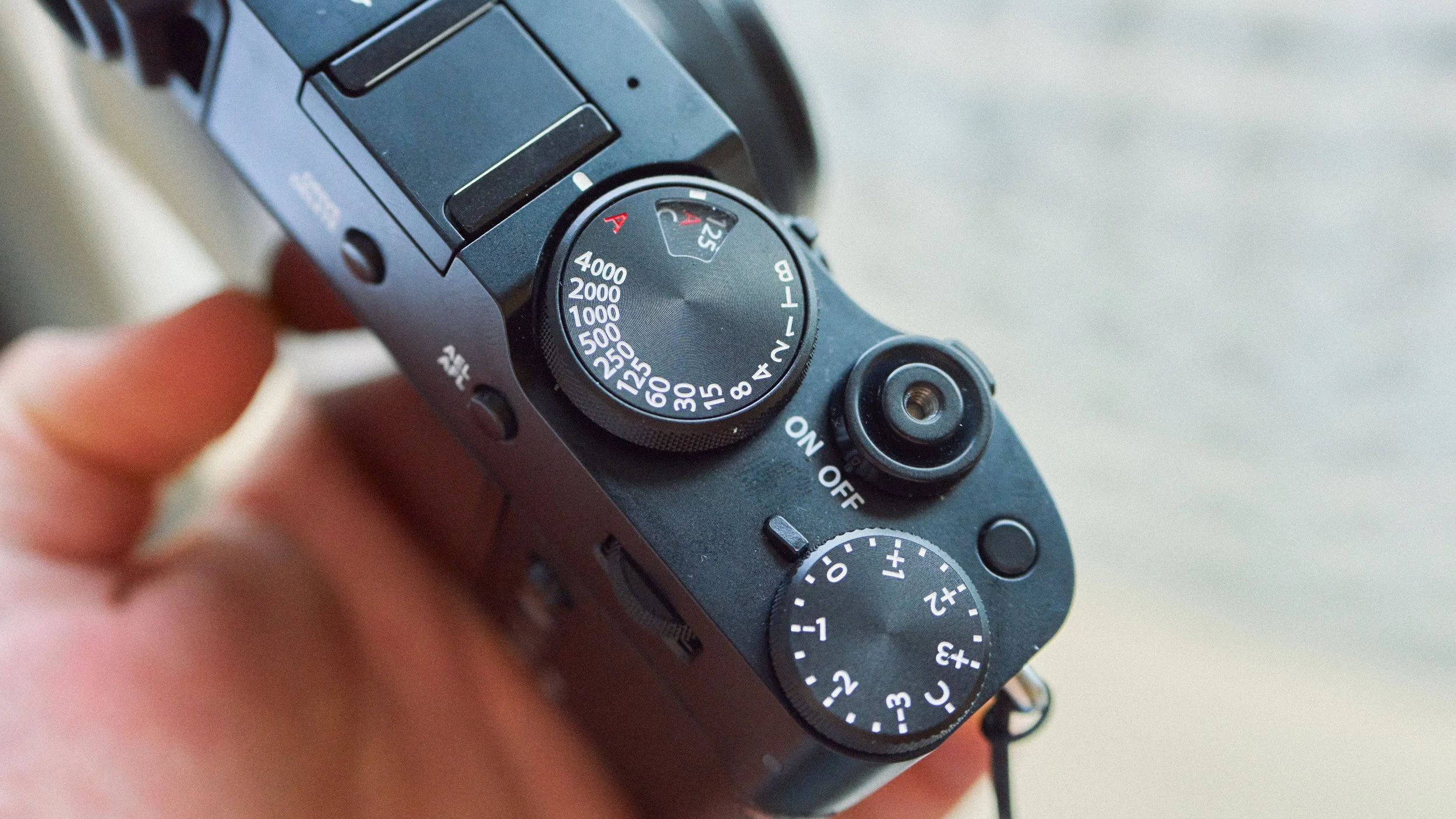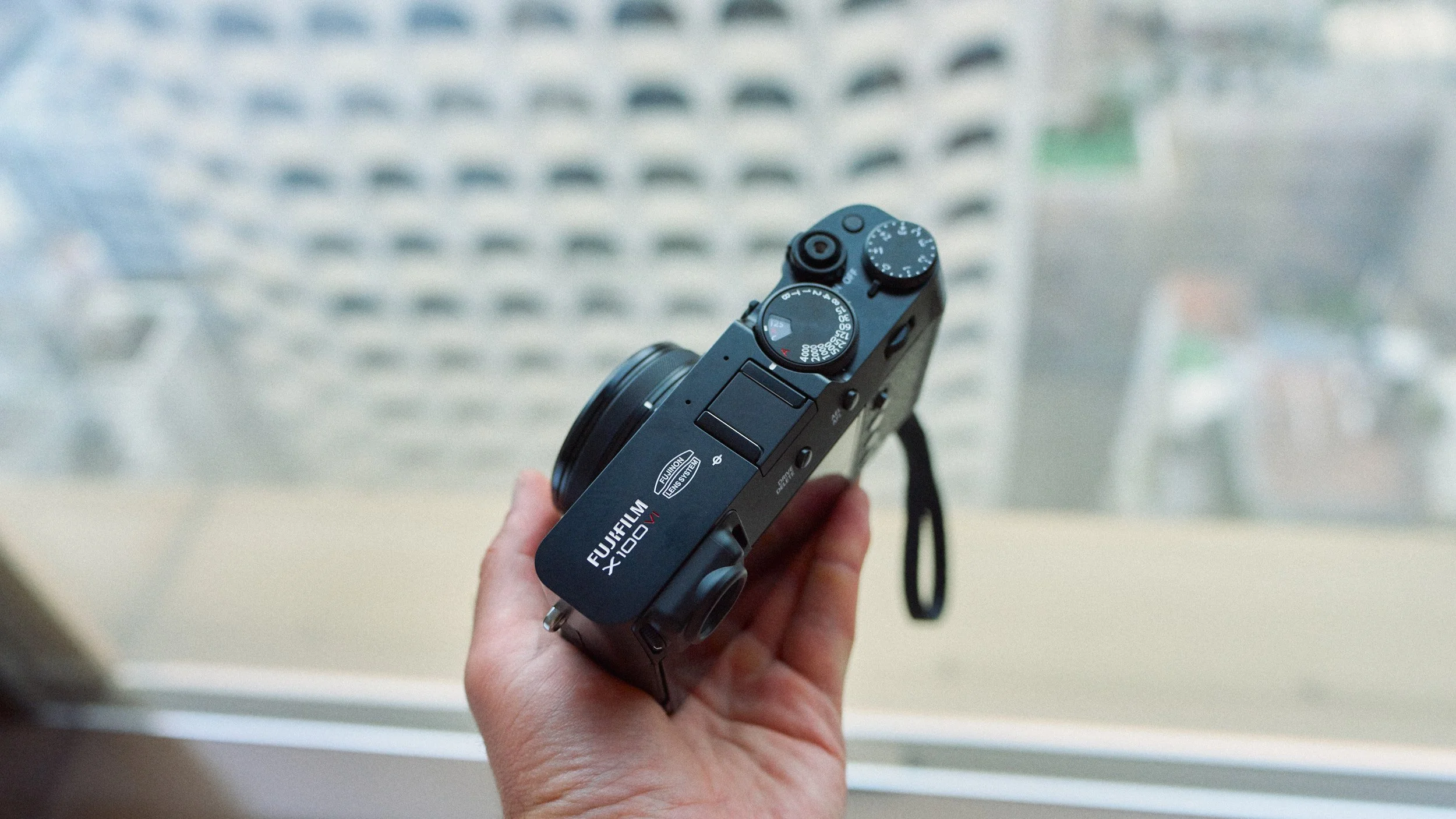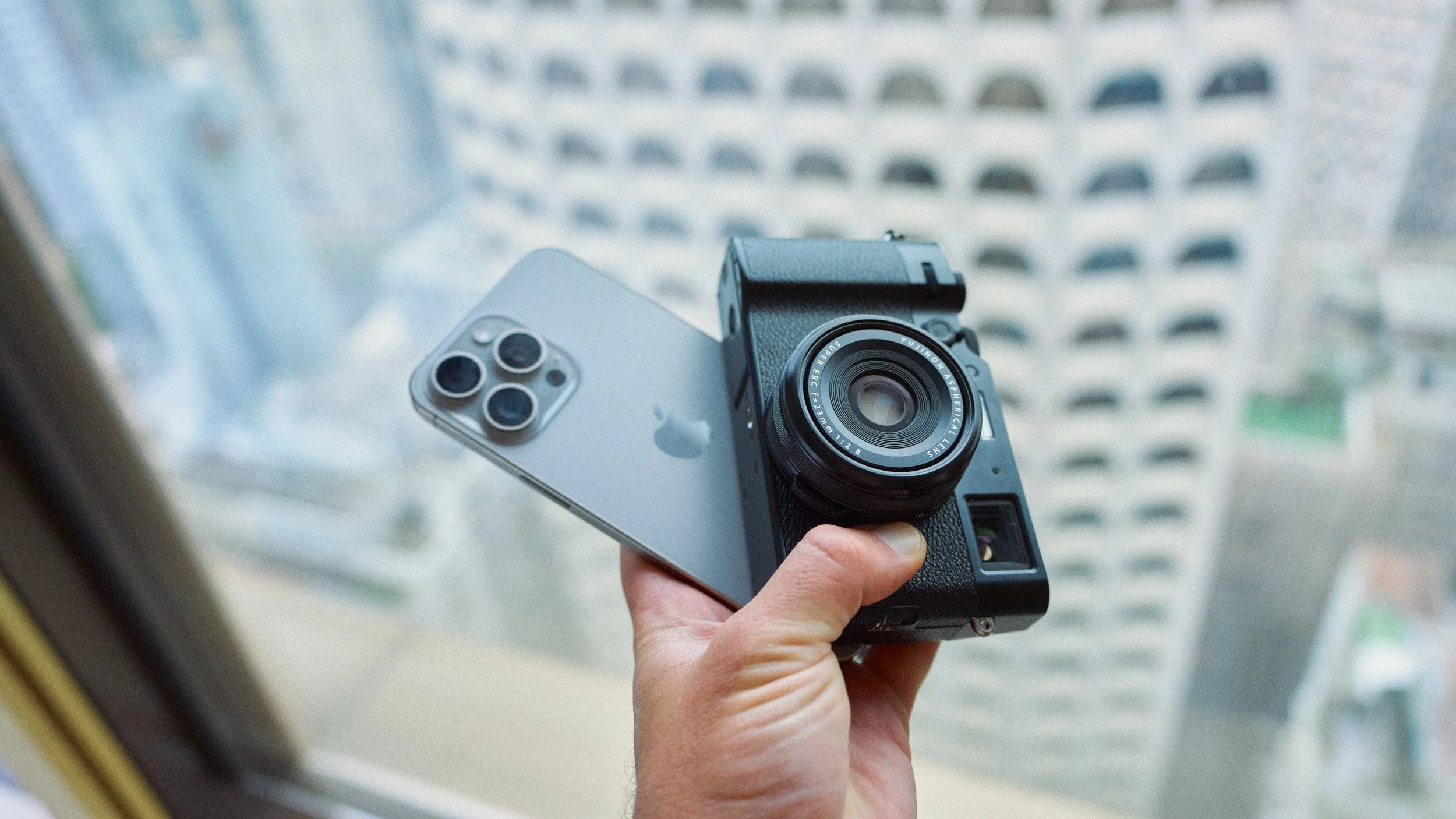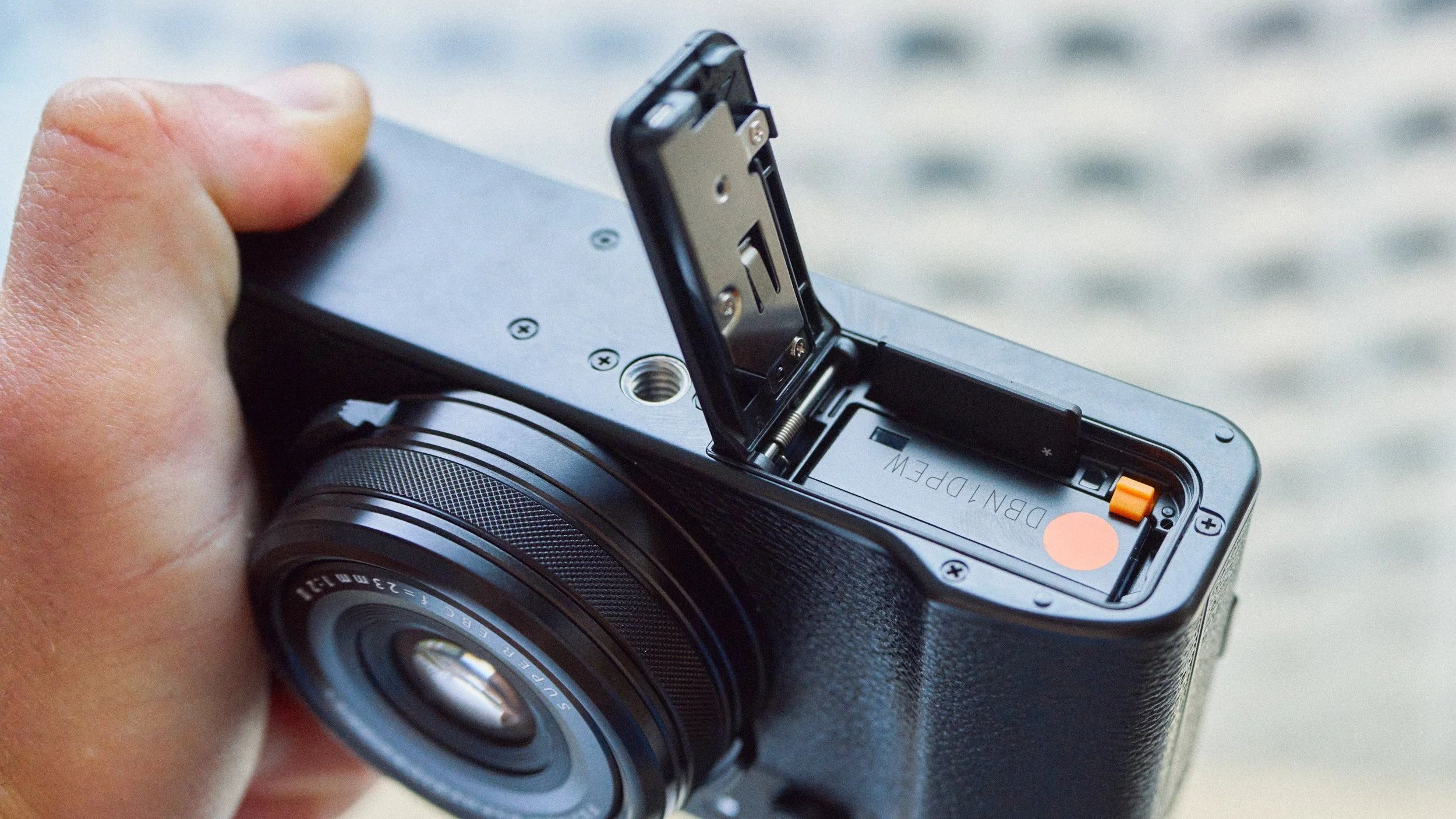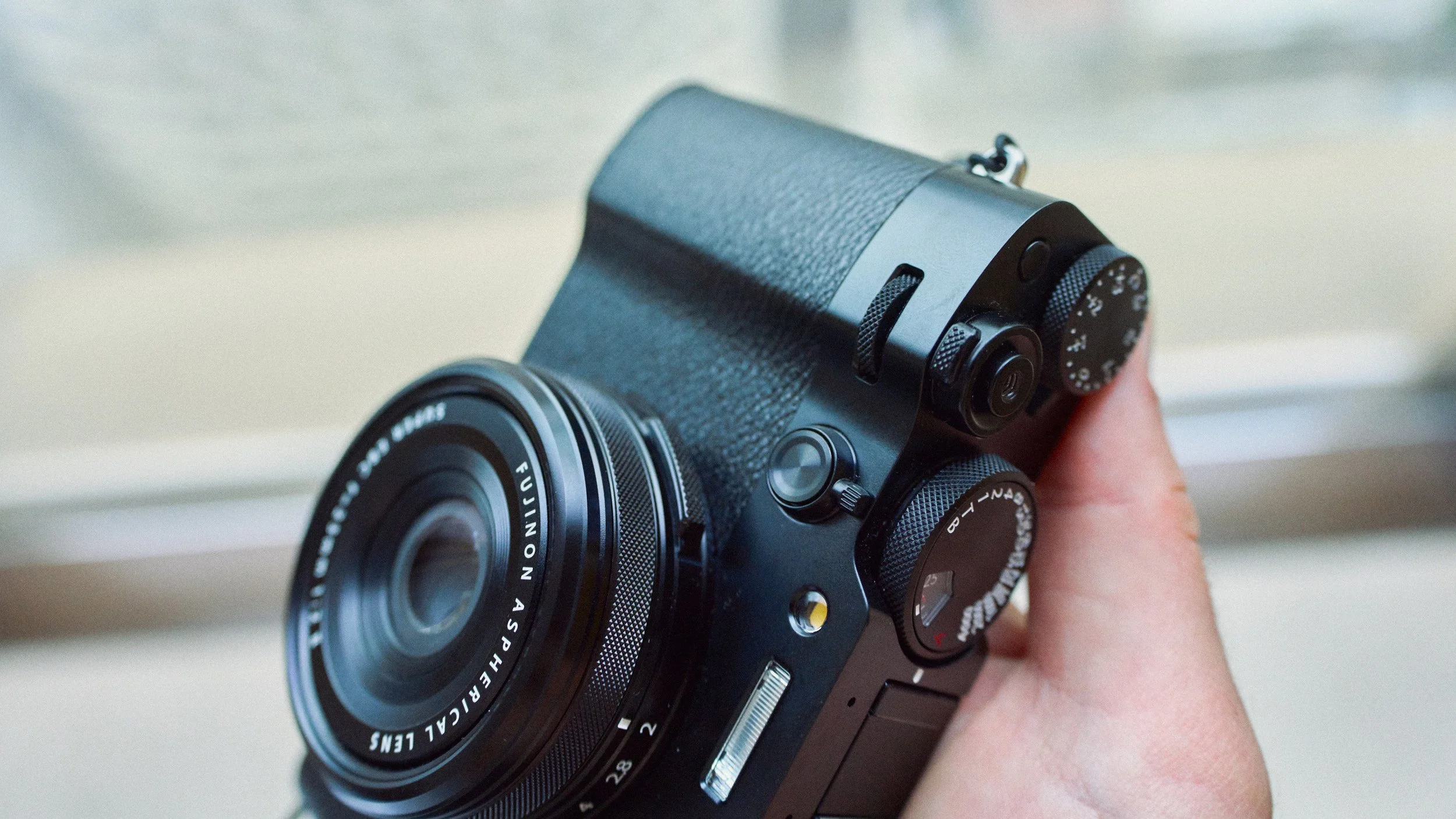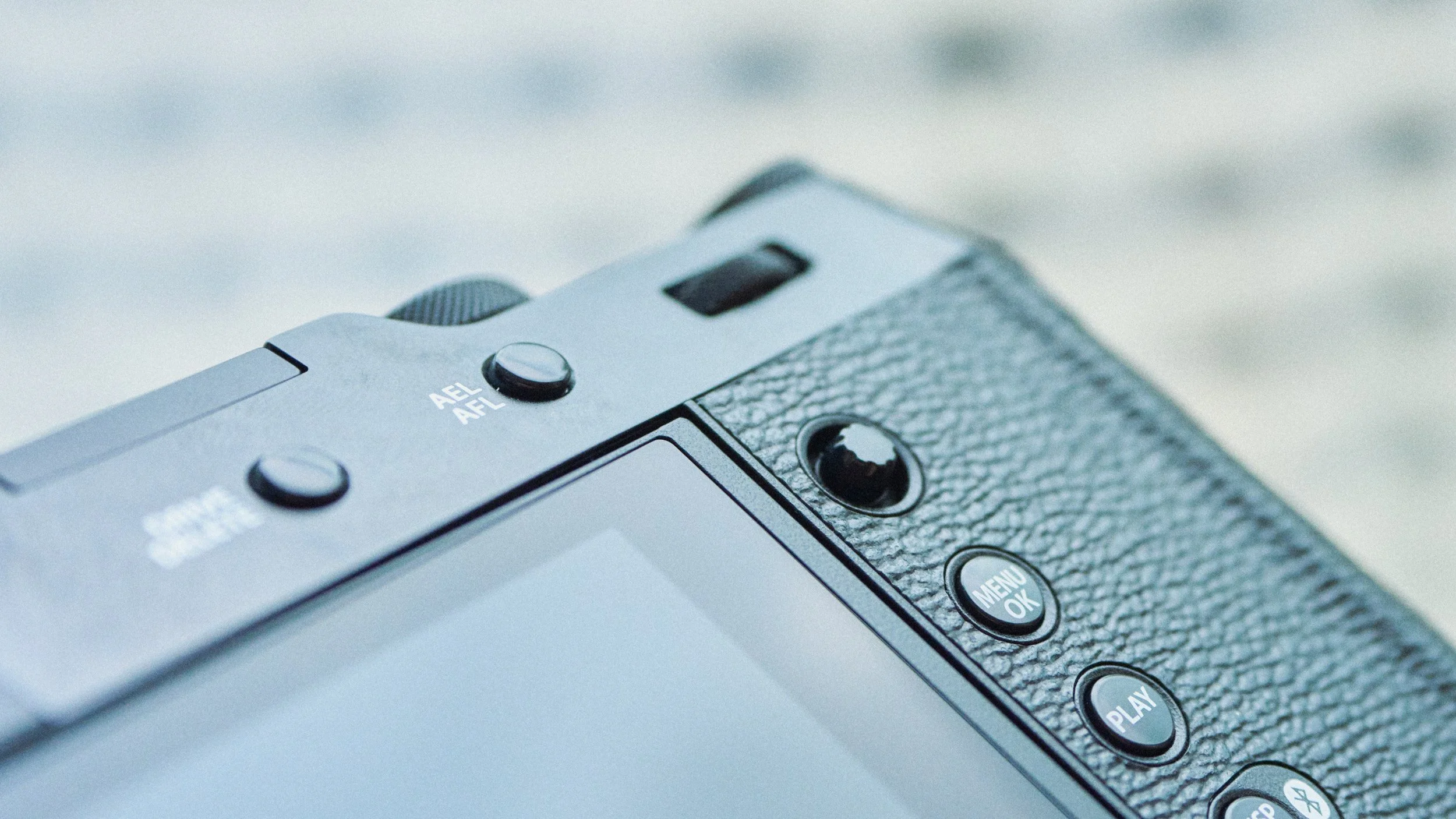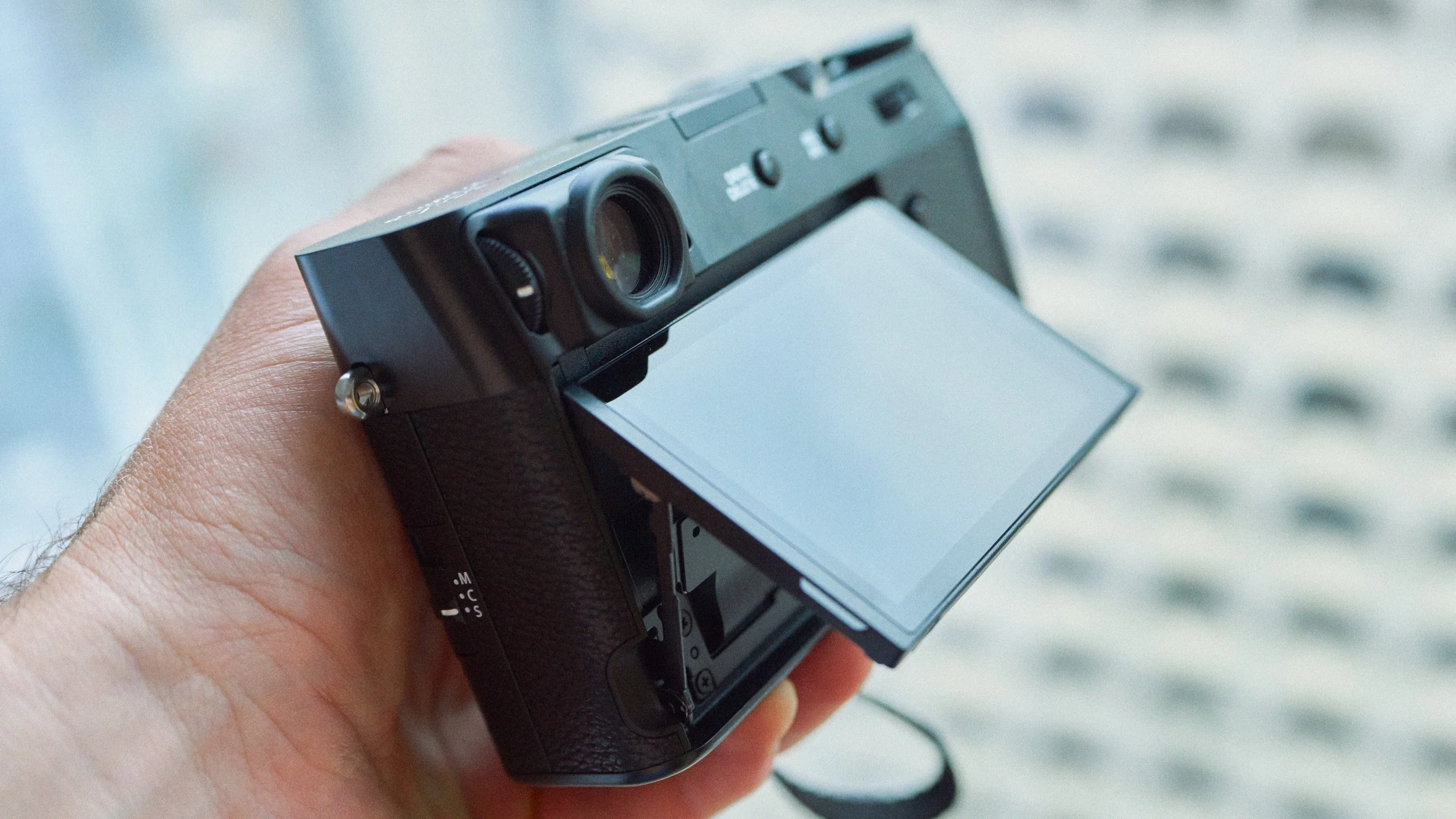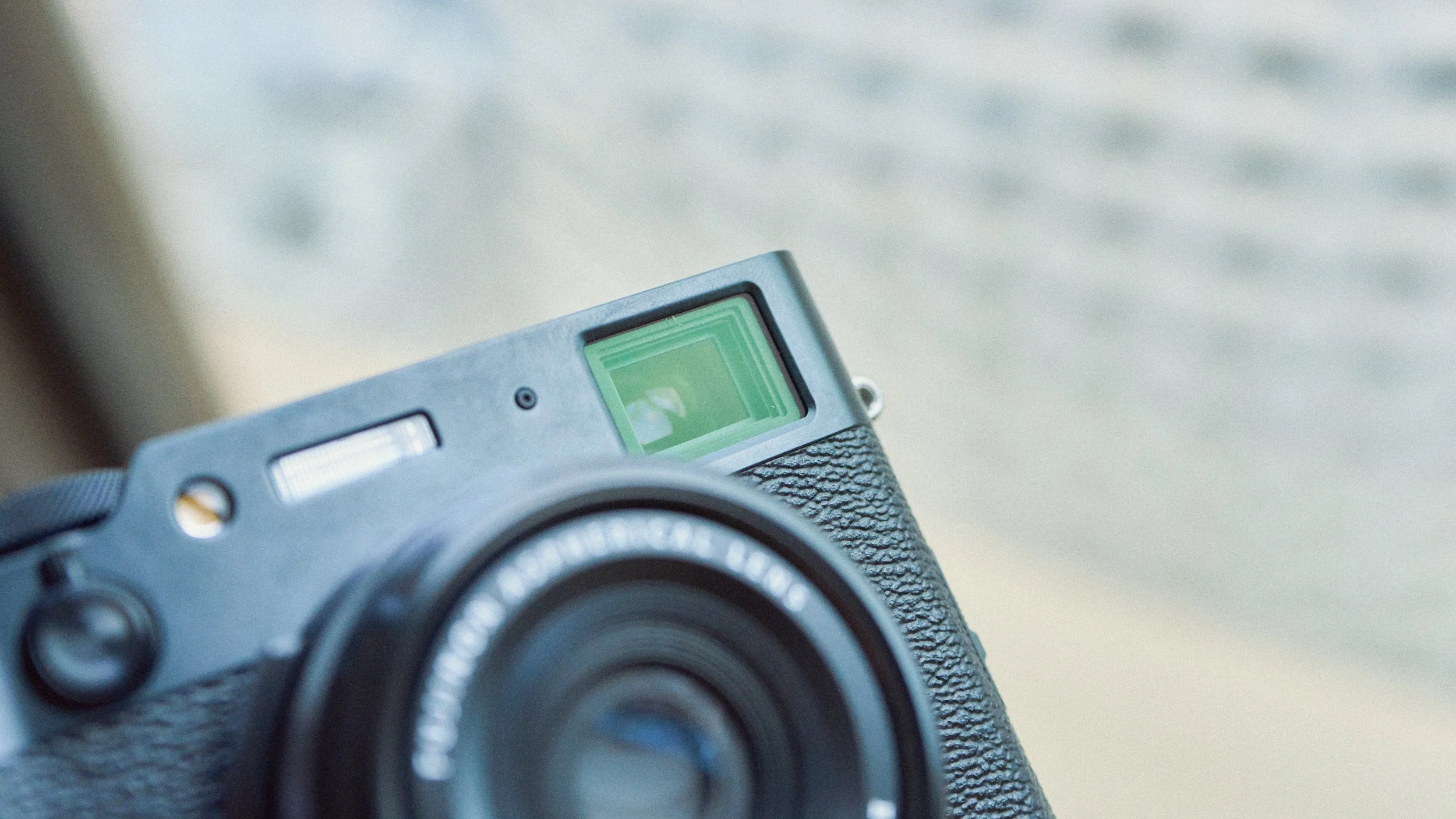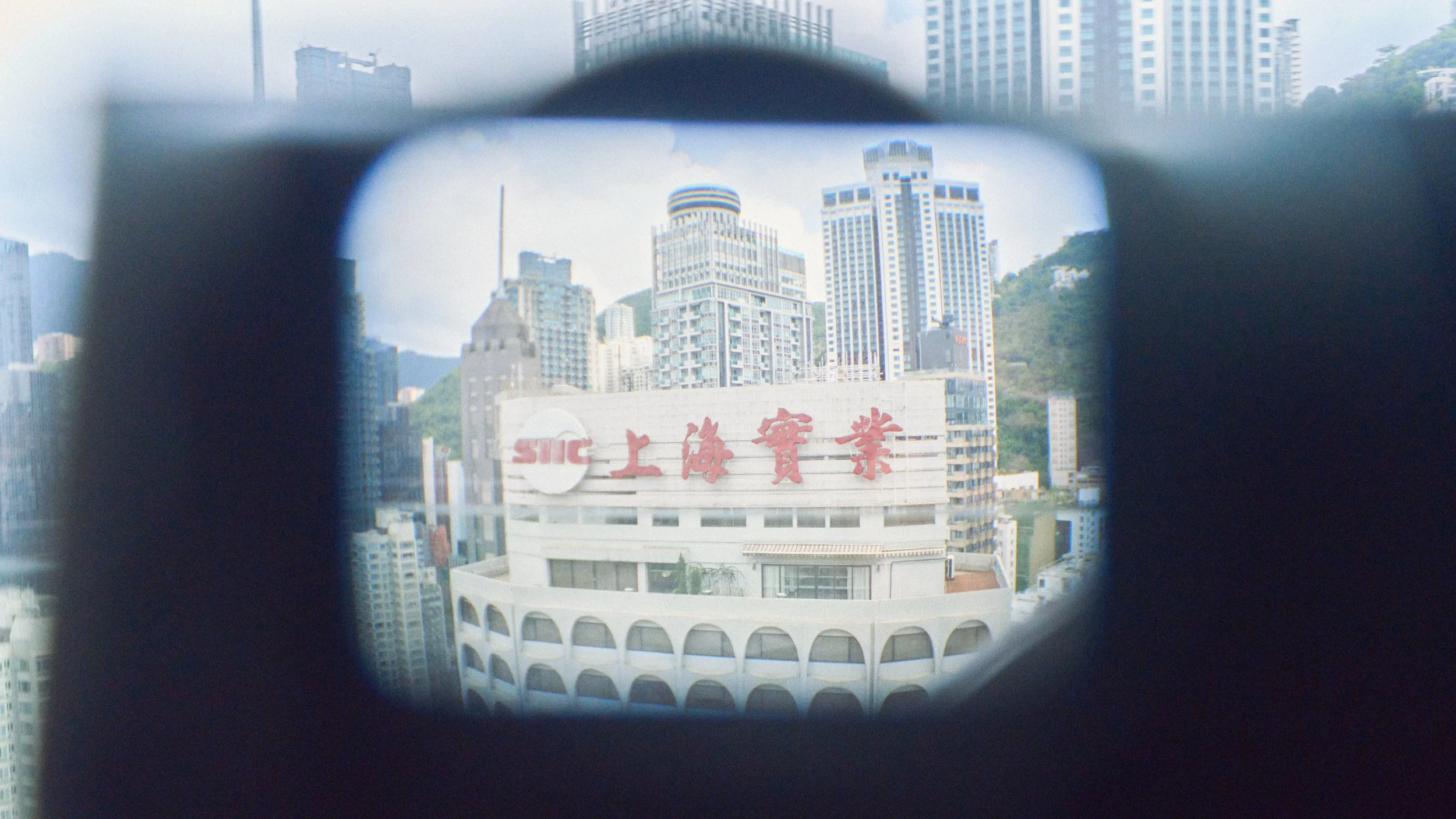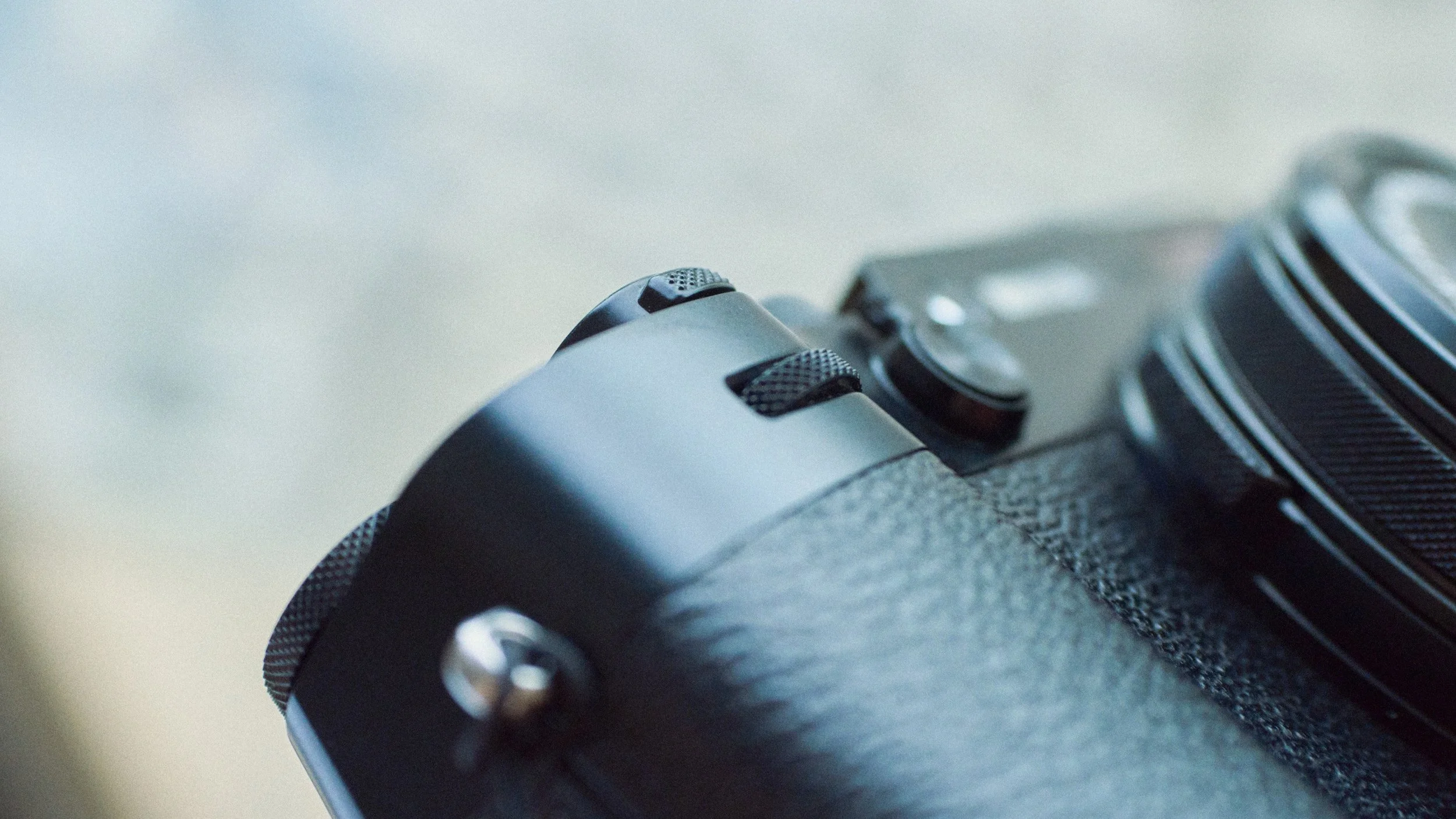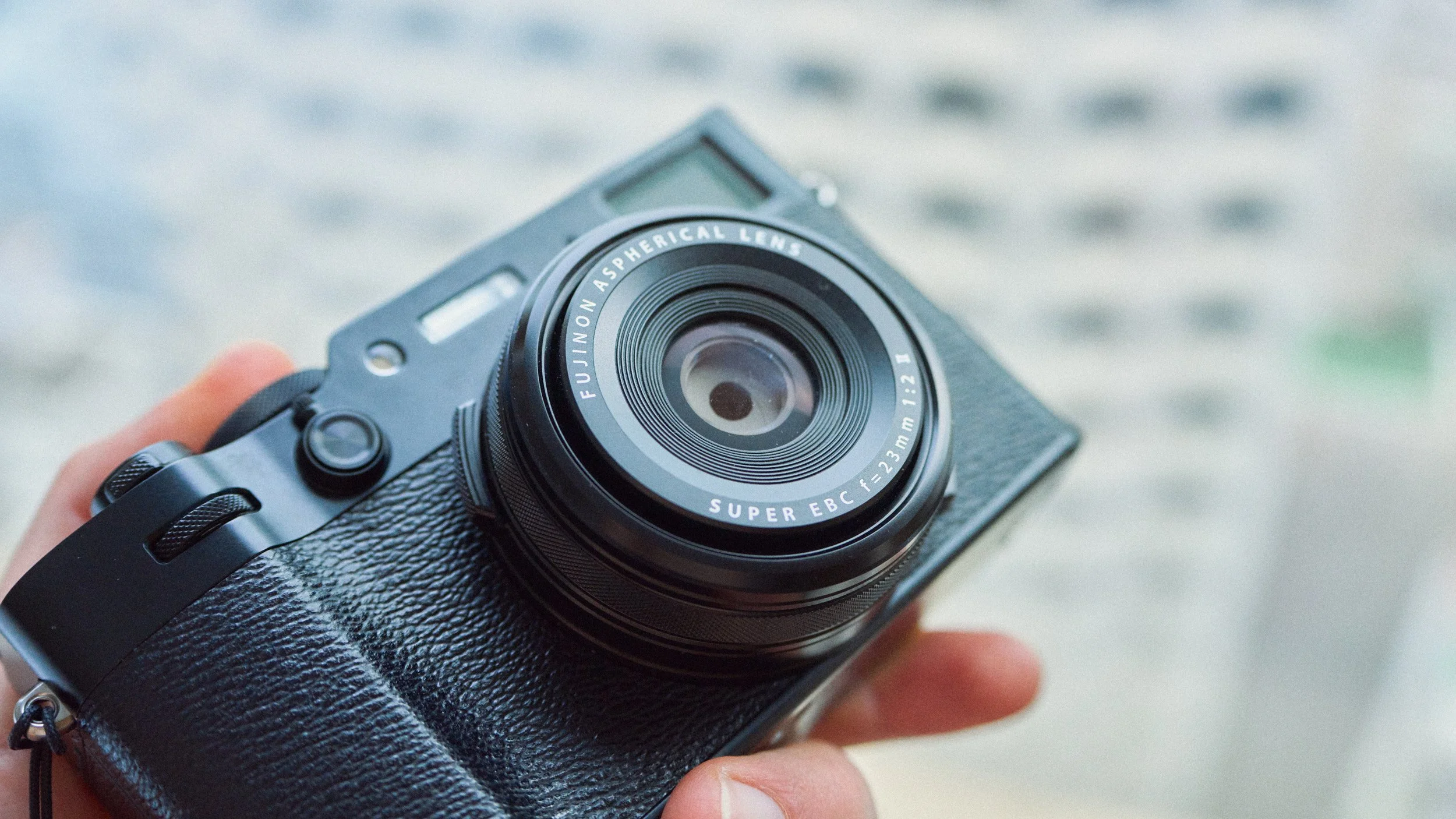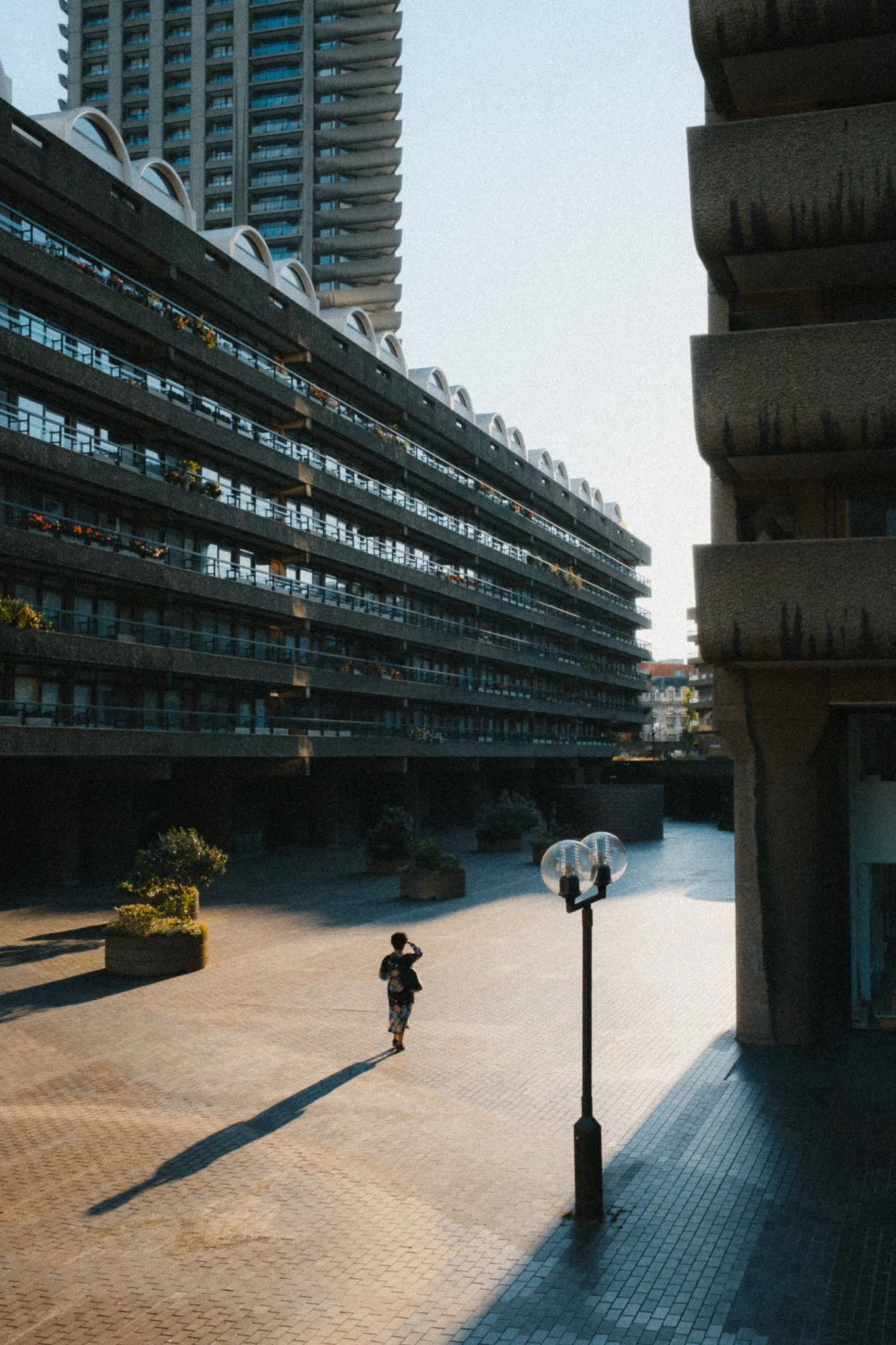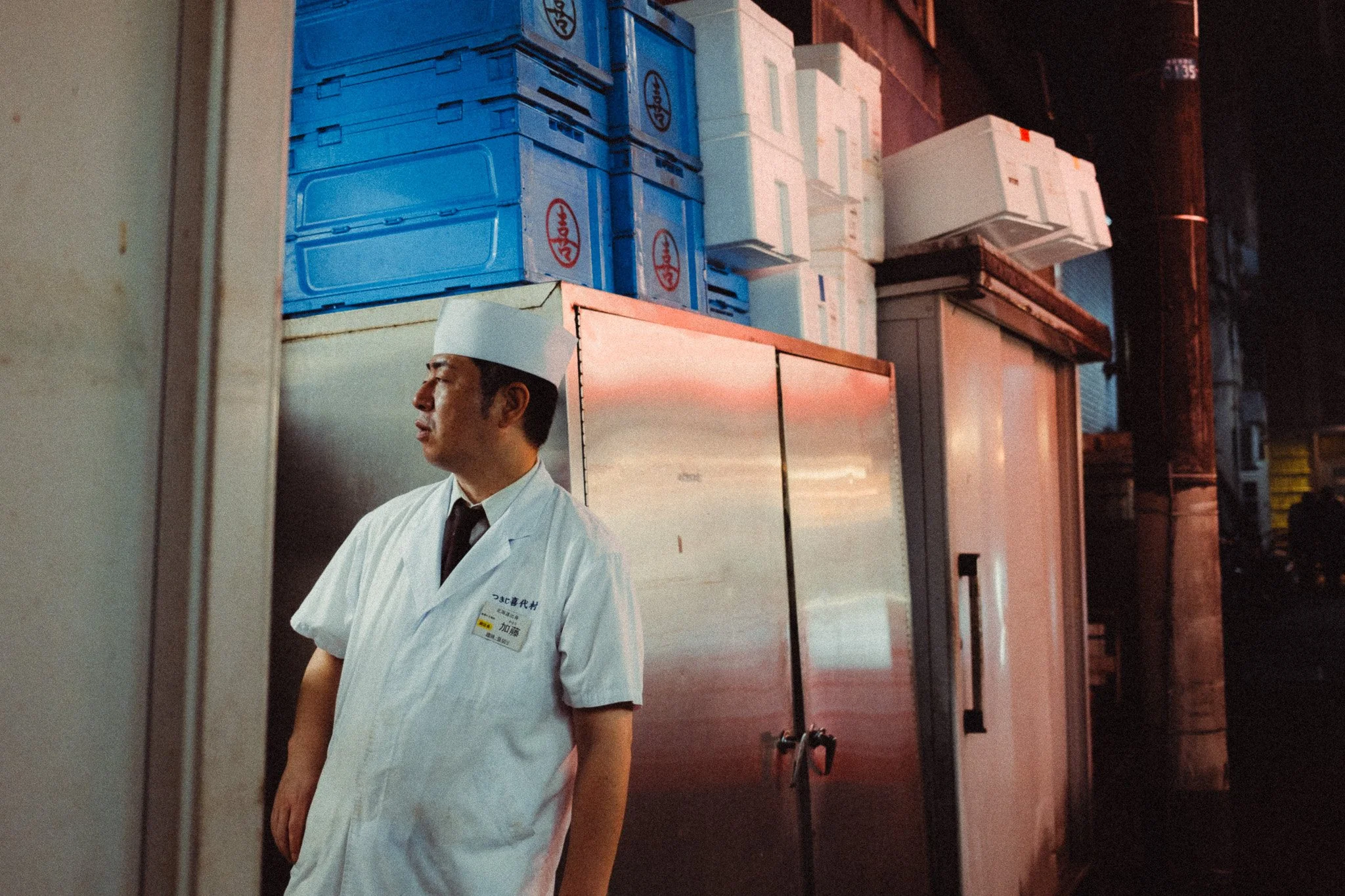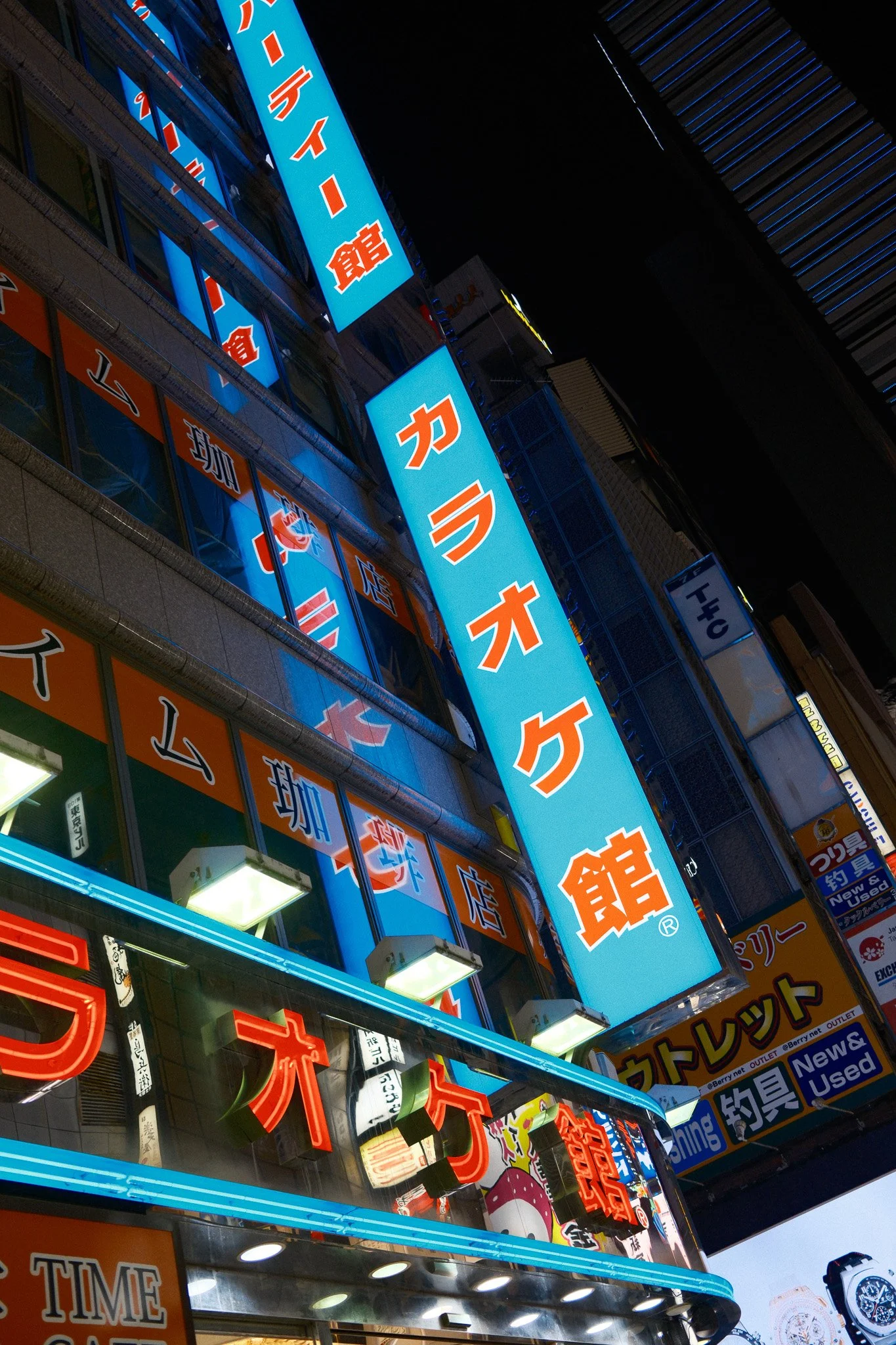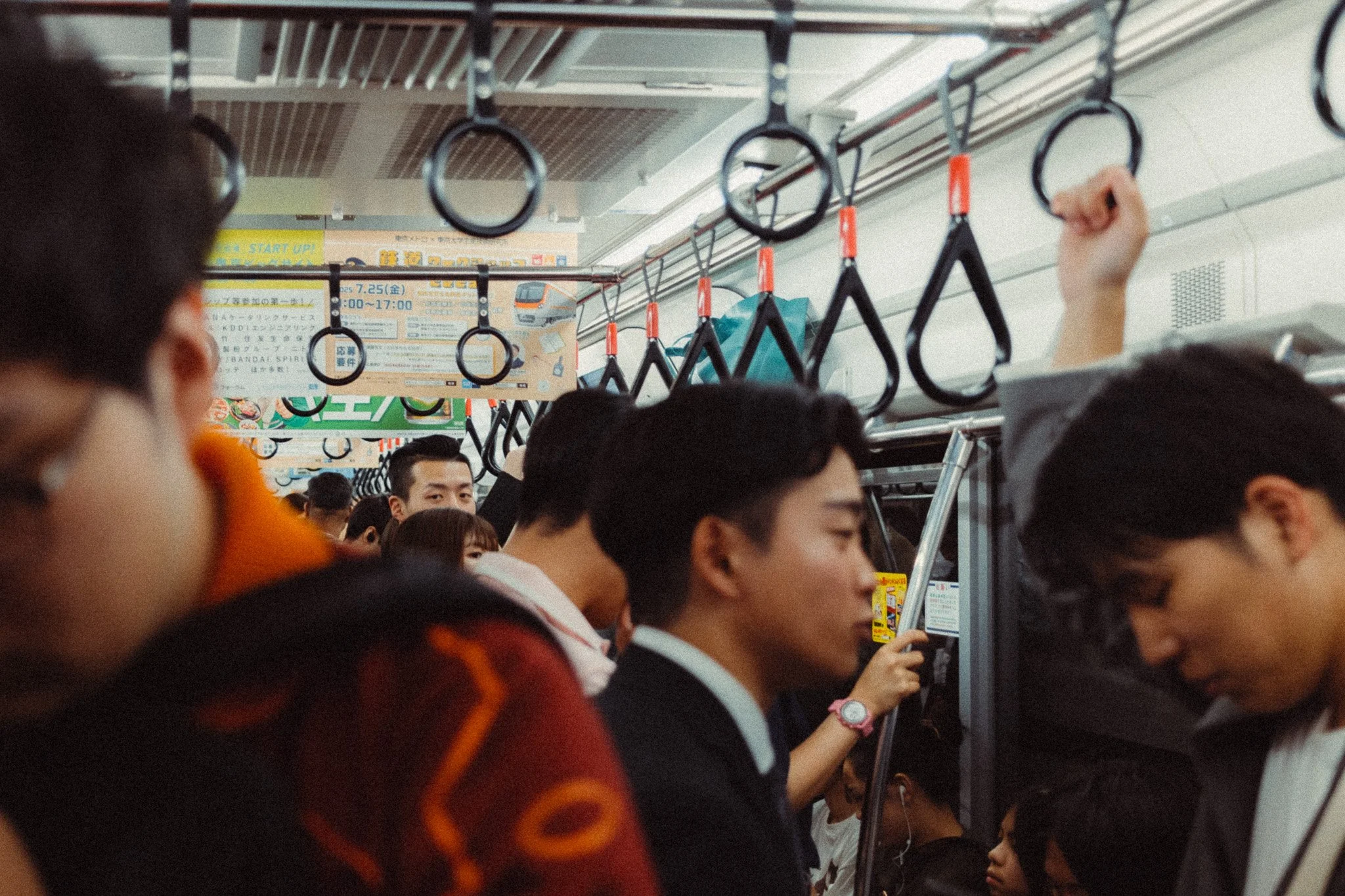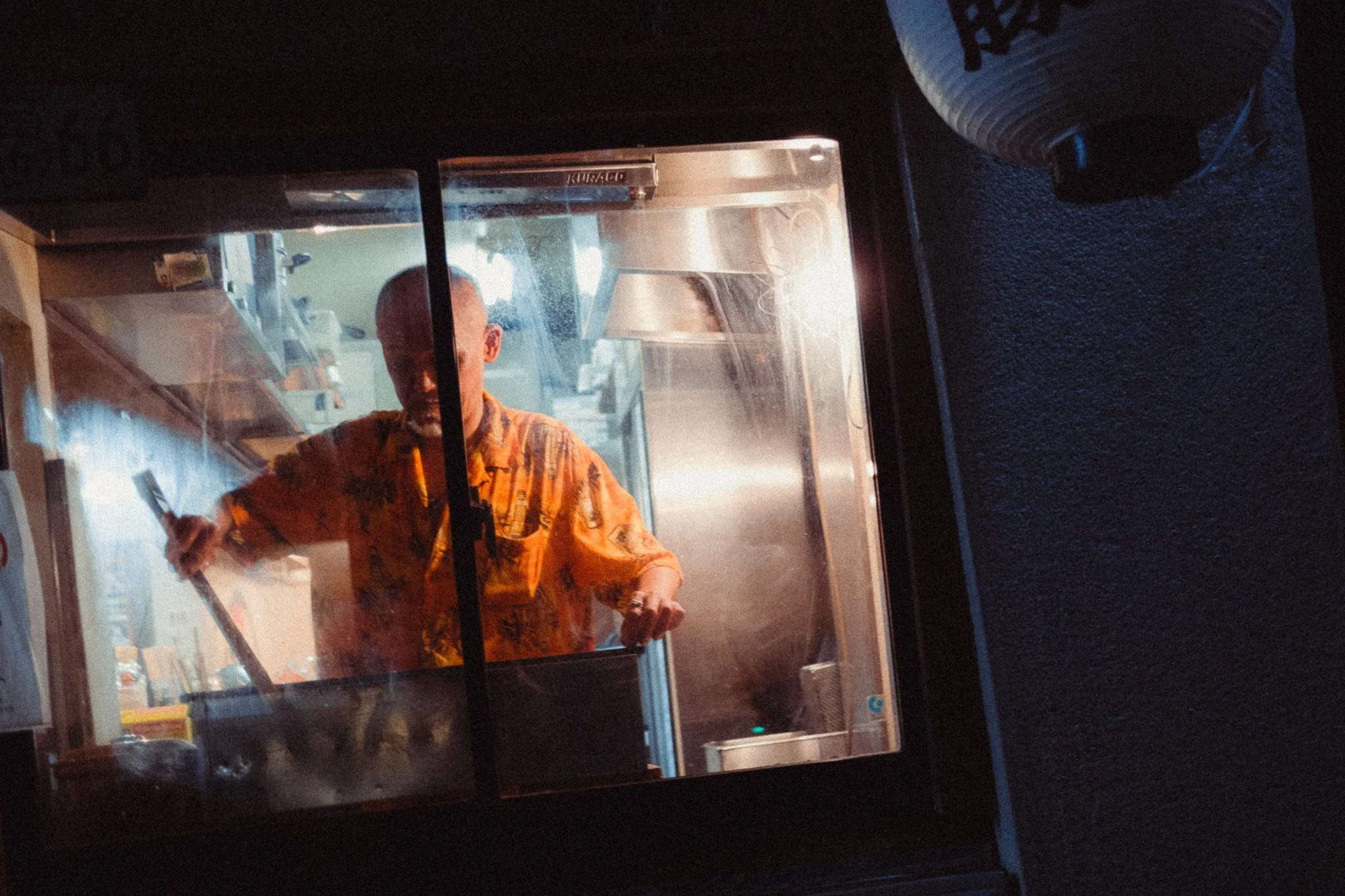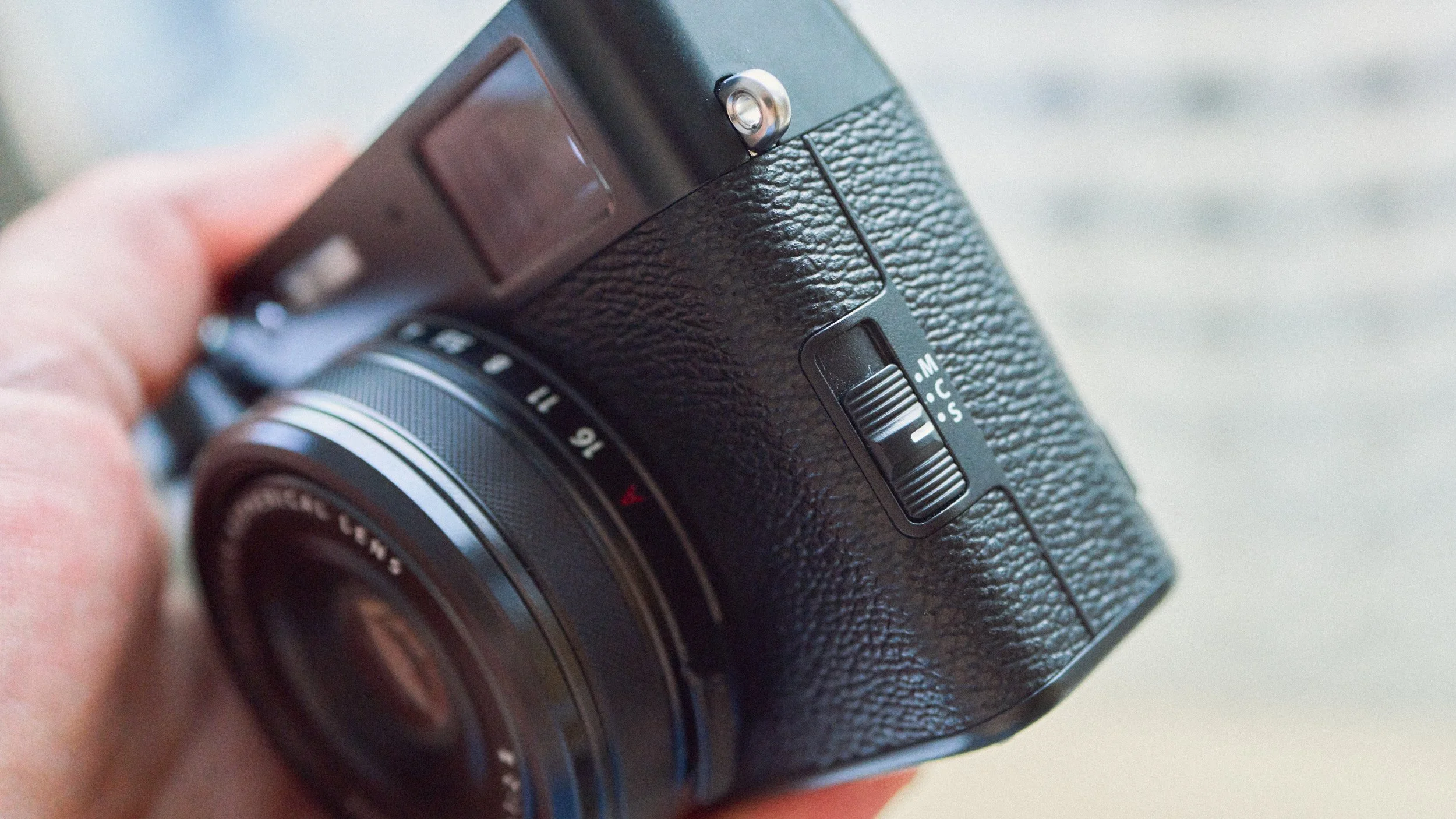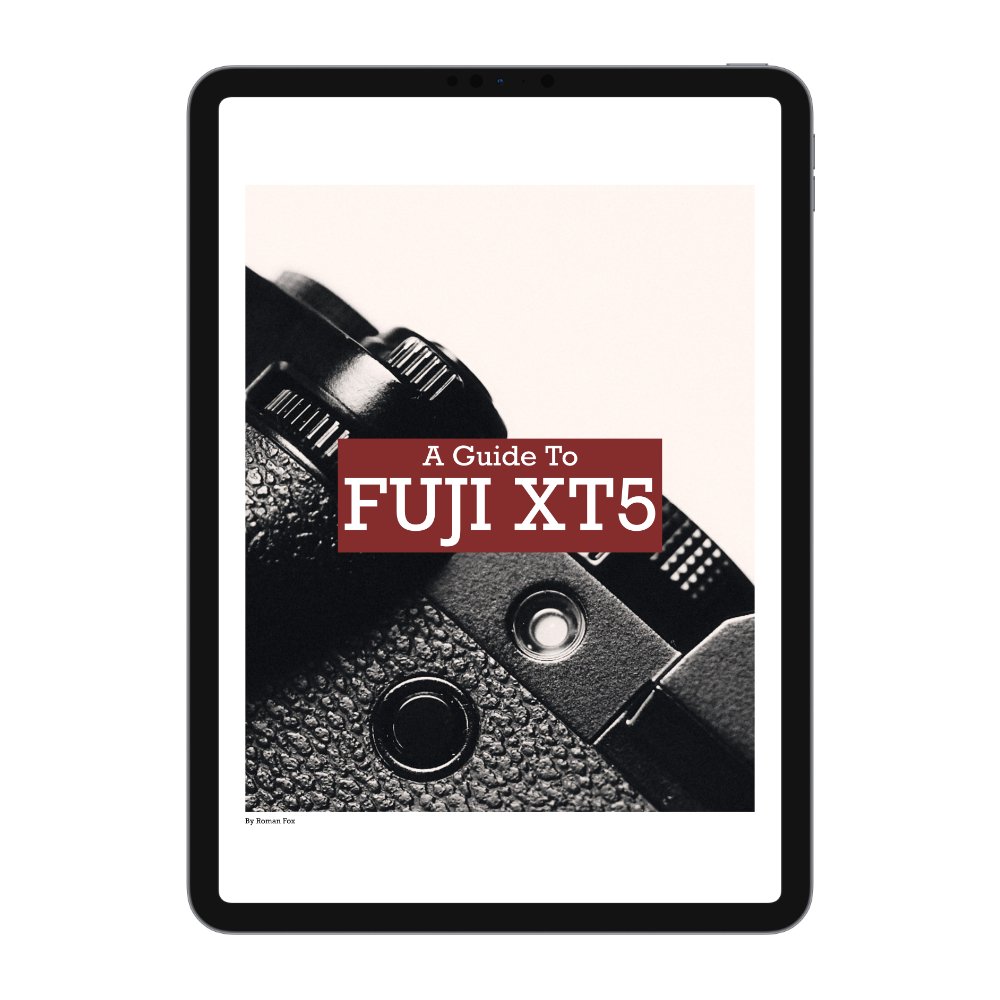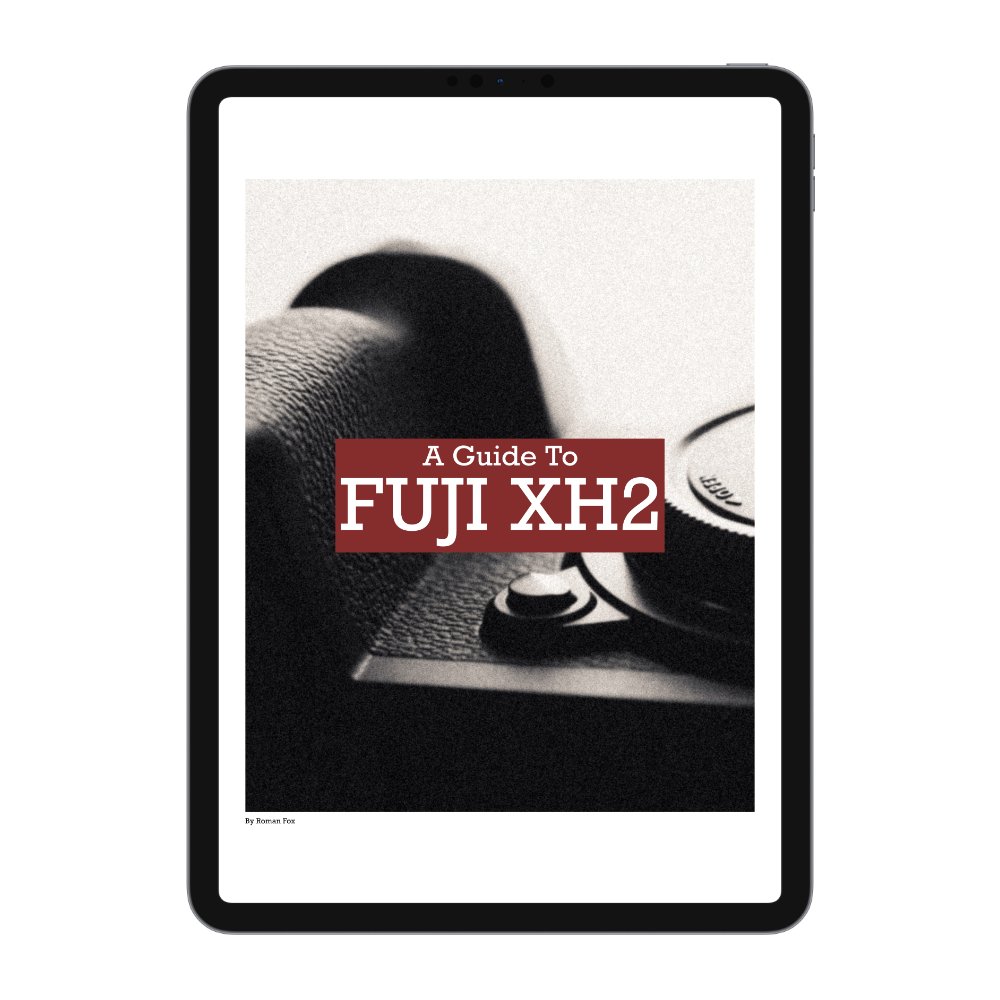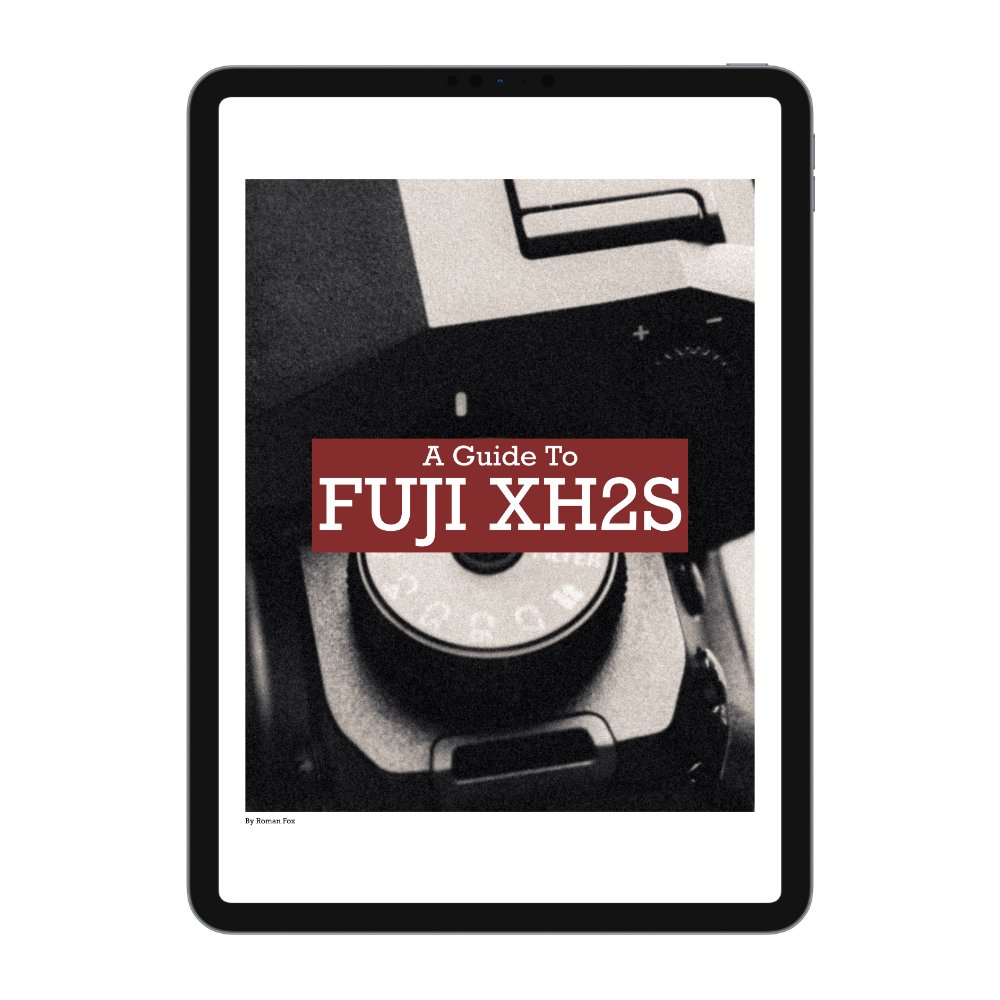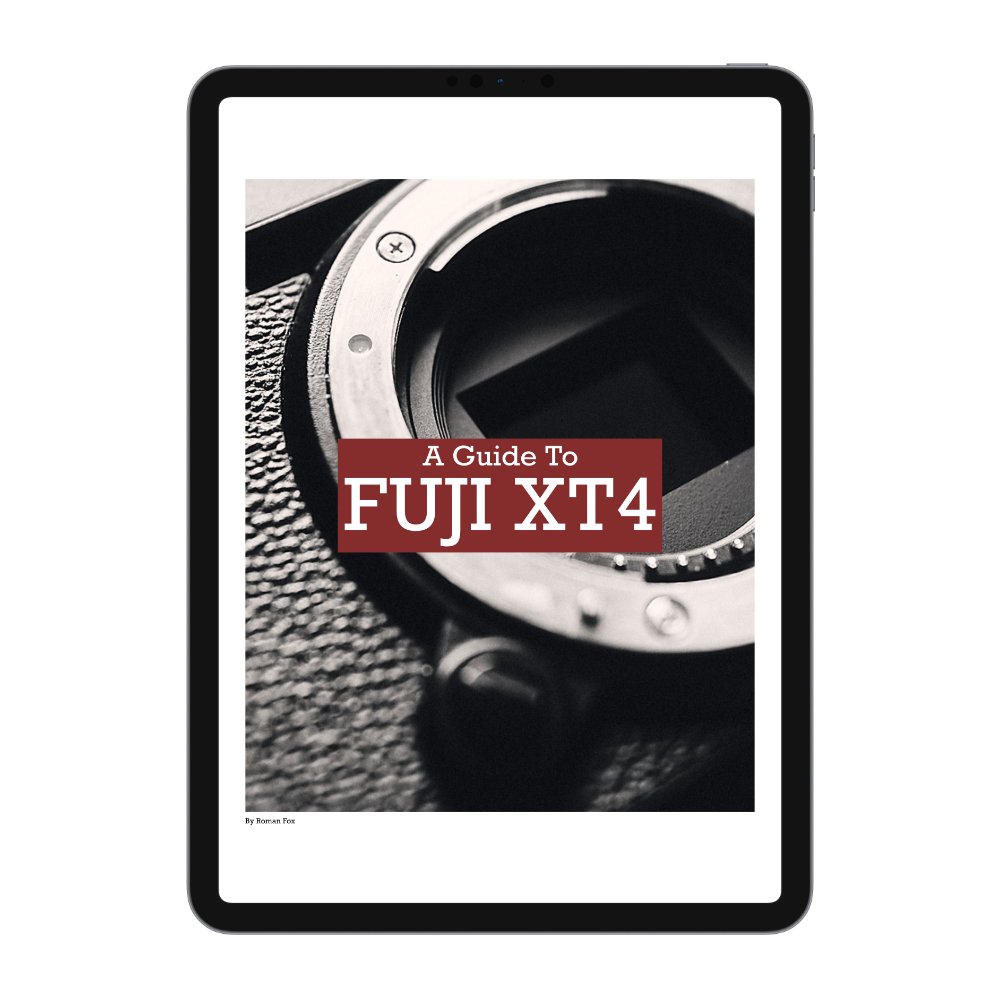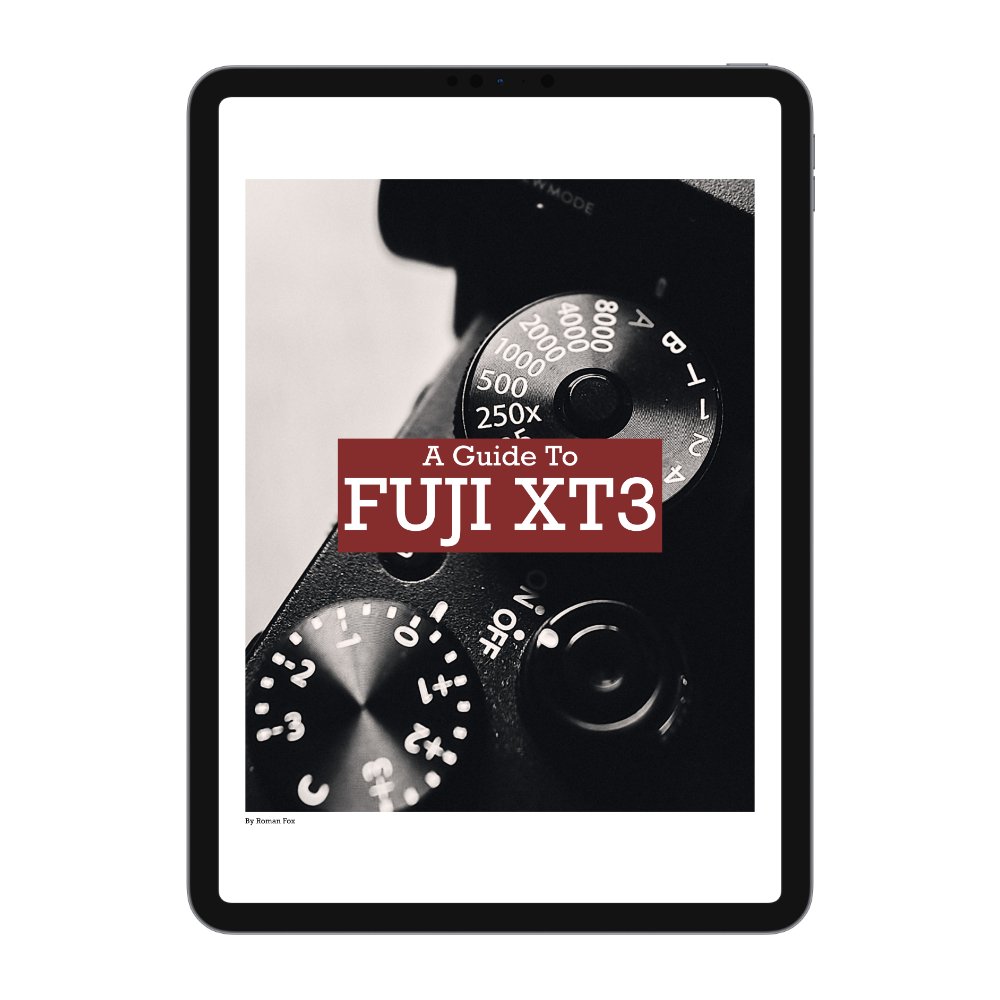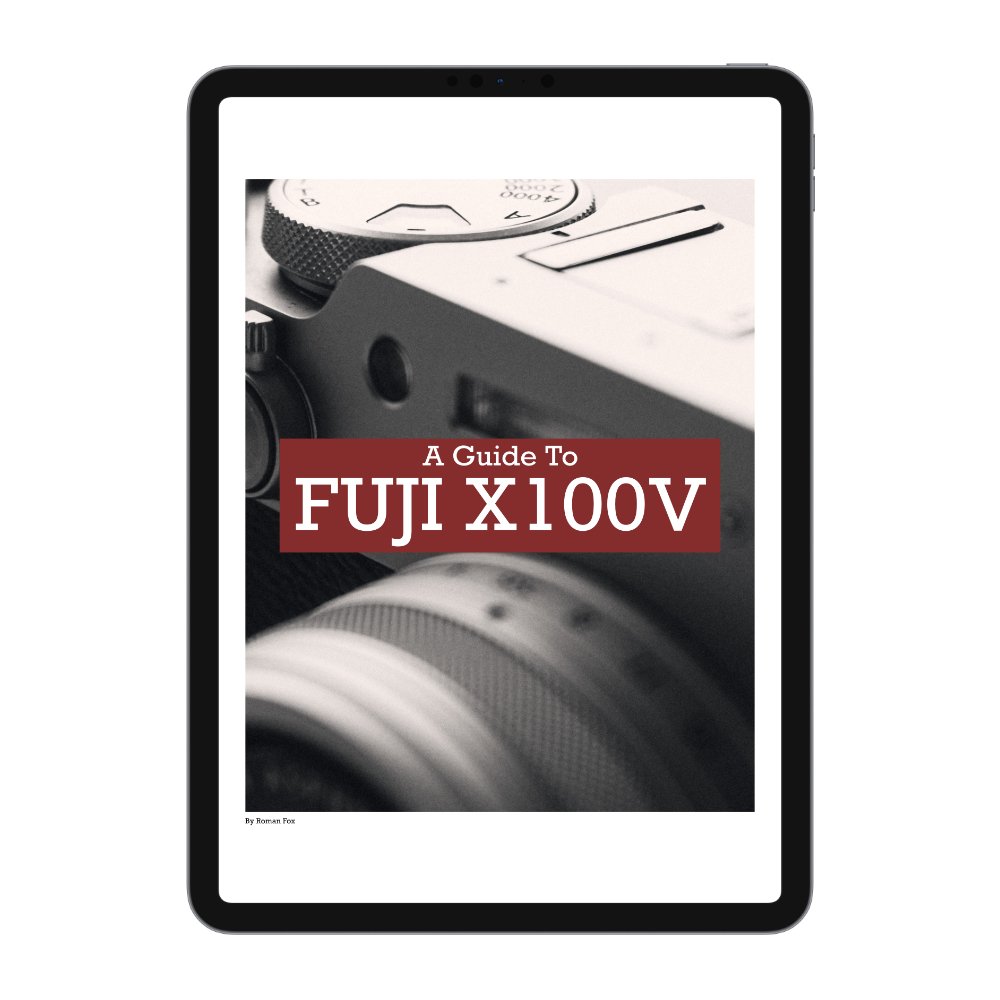Fujifilm X100VI Long Term Review
It’s been just over a year since I picked up the Fujifilm X100VI to use as my ‘fun weekend’ camera. Since then, I’ve travelled with it all over the world and used it in many different conditions. I’ve also used two different versions of the camera. The first was the limited edition, which I picked up as soon as it came out. The second is a regular black version that I got a couple of weeks ago because I wanted that colour. I’ve even had to send the camera back for repair, so I’ll discuss that process too. This blog is a summary of my long-term user experience with this highly sought-after camera.
Disclaimer
Both of my X100VI cameras were bought with my own money at the same time as everyone else. While Fujifilm UK helped me source the limited edition version, I still paid full retail price. Other than that, I don’t have a relationship with Fujifilm. They’ve never paid me or given me discounts and free gear. All opinions are entirely my own. Finally, I’m not a fanboy. Many people see Fujifilm through rose-tinted glasses, but this review is pragmatic and to the point.
Why X100VI
Everyone has different reasons for buying this camera, so I can only speak for myself. I got it for two main reasons. The first is that I wanted a camera for fun, not work. My Sony system is my workhorse, but I wanted something more unique for when I’m not working. The second reason is the desire to get instant results without editing. Fujifilm is known for its brilliant JPEG profiles, so this was an easy decision.
Focal Length
One of the main reasons for getting an X100 camera is the 35mm fixed focal length. For some, 35mm is too wide; for others, it’s too tight. There’s no right or best focal length, it’s all down to personal preference and subject matter. For me, 35mm is perfect for documentary and travel photography. If you like to document your travels, days out with friends, or everyday life, 35mm is a great choice. If I had to use only one focal length for the rest of my life, it would be 35mm. With the X100VI’s 40MP sensor, you can also crop to 50mm and still keep plenty of resolution.
Build Quality & Reliability
My experience with the X100VI has been mixed. Let’s start with the negatives and then move to the positives. If you’re coming from an X100V or any Fujifilm cameras from that generation, you might be disappointed with the build quality. It’s still a well-built camera, but there’s a noticeable drop compared to its predecessor. The dials don’t have the same firm, reassuring click; there’s a bit of play in the buttons, and overall, it feels like the quality has dipped slightly.
Here’s where things get interesting: when I picked up my black X100VI, I noticed the dials and buttons felt better. Since the two cameras were made a year apart, I suspect Fujifilm improved the quality over time. It’s safe to say the newer one feels better. I’m still mentioning it because there are likely thousands of early units out there with the issues I experienced.
The second issue was overheating in temperatures around 26–30°C. I understand the camera is compact, so there’s little room for cooling, but most users will likely take it on holidays and use it in warm environments. I’d get a warning message 2–3 times a day, and sometimes it would shut down. It’s not a big issue, and I almost didn’t include it in this blog, but it’s worth noting if you often shoot in hot climates.
The third issue was more serious. During a trip to Croatia, my limited edition X100 (only a few weeks old) developed bubbling paint under the hot shoe. By the end of the day, the paint peeled off completely. I shared this on my Instagram story, and Fujifilm UK’s Head of Marketing quickly got in touch. They weren’t happy I shared the issue publicly, as they felt it would harm the brand’s reputation. They preferred I contact them directly. They offered to fix it under warranty, and since it was a limited edition model, it had to be sent to Japan, which took 6–7 weeks. Since then, it’s been fine.
Other than those three issues, the camera has been solid. No freeze-ups, no restarts, and everything works as it should. While I mentioned a drop in overall build quality, it still feels like a premium product I plan to keep for a long time. On the black version, all the dials click nicely, the buttons feel solid, and the screen has zero play.
Ergonomics & User Experience
The camera feels great in the hand. While it’s not as compact as something like a Ricoh, it can still fit in many coat or shorts pockets. People with larger hands might struggle to use it without extra grips or thumb supports.
This camera is best used with a neck or shoulder strap, as it lacks a proper grip. If you use a wrist strap and hand-hold it all day, you might find it annoying because you always have to squeeze it. With bigger grips, you can let the camera hang from your hand; with the X100VI, you can’t.
My biggest complaint is the lack of weather sealing unless you add an external filter, which can double the lens size. The body is sealed, but the lens isn’t. If you want to keep the camera small but protect it from dust or moisture, this is something to consider.
Battery life is fine. It’s not as good as the X-T5, but it’ll last a day if you’re not shooting video. You can charge it quickly via USB-C. The memory card slot only supports UHS-I. With such high-resolution photo and video capabilities, I’d have liked something faster.
The camera is quick and responsive. It powers on almost instantly, changing settings is easy, and it feels snappy overall. The X100VI can be set up for full manual control or act like a point-and-shoot. You can use the dedicated dials and OVF, or just set it to auto and let it do the work. Most importantly, it has that fun factor. It might not be the most advanced camera, but it makes you want to pick it up and use it.
Buttons, Dials, Screen, EVF & Menus
There aren’t many buttons, but I think there are enough for most users. This isn’t a pro camera, and most people use it for fun, so the minimal setup works. Like all Fuji cameras, the buttons are easy to customise.
The Q Menu and My Menu let you store features you haven’t assigned to buttons. I love the Q Menu as it’s highly customisable, and I use it for film simulations and flash control. The menu system is easy to understand. I never got stuck, and if you do, a quick browse of the manual or a Google search should help.
The screen is excellent. It’s small, folds flush to the body, and only tilts horizontally. Unlike the X-T series, it doesn’t tilt vertically, but that’s likely a design trade-off.
The EVF/OVF is small. If you’re used to larger viewfinders, you’ll notice. The resolution is decent, and the OVF is a nice change from always using screens. It’s worth keeping in mind that this is not a true rangefinder.
The OVF isn’t a gimmick, but it doesn’t do anything special or unique. It’s also not as accurate for composing your photos as the EVF.
Switching between photo and video mode is unnecessarily awkward. You have to go into the Drive menu and scroll all the way down to select Movie mode. This could’ve been done much better.
My one annoyance is the ON/OFF switch. It sticks out, so if you put the camera in a bag, sling, or coat pocket, there’s a 50/50 chance it’ll turn on. Maybe it’s just me, but I’ve had this happen far more than with any other camera.
If you want to learn more about your X100VI, see how I’ve set it up based on years of shooting with Fuji cameras, and help keep this blog ad-free, please consider checking out my X100VI camera guide below.
Lens
The lens is one of the X100’s biggest strengths. It delivers sharp, clean results without looking overly digital. It can focus quite close, making it great for travel shots. The aperture ring is easy to use. Manual focus isn’t the best, but it’s good enough for most users. The Leica Q3 has a much better manual focus feel in my opinion. The free-spinning manual focus ring can also be reprogrammed for things like the digital teleconverter, which is handy.
Image Quality – Photo
This will be short because Fujifilm’s image quality has been excellent since my first X-T3 over six years ago. Dynamic range is ample, the resolution allows for heavy cropping, and colour is exceptional. If you want to avoid editing, Fujifilm is a great choice. If you want to skip editing entirely, the JPEG profiles will handle it for you. For my favourite Fujifilm recipes, click here.
Some people question low-light performance due to the APS-C sensor and f/2 lens, but unless you shoot exclusively in the dark, it won’t be an issue. Even at night, you’ll often be near lights, and with IBIS, you can slow the shutter without worrying about blur.
Image Quality – Video
Video quality is also great, considering it shares a sensor with other top Fujifilm cameras. I haven’t used the X100VI much for video, as I see it more as a photo camera. However, my friend Eren Sarigul has used it extensively. Everything was shot on the X100VI. If anyone doubts the camera’s ability, I tell them to watch his work.
Autofocus
This is the first real let-down. Depending on how you use it, the AF system might push you towards a different camera. The autofocus on the X100VI feels outdated. It’s loud, slow, and you can feel it through the body. It’s fine for still subjects such as portraits, landscapes, most street photography, or anything slow-moving. But if you want to track fast action or need instant focus, this isn’t the camera for you. For casual use, the AF is fine.
Key Features
Here are the key photo features that stand out for me:
Quiet leaf shutter for near-silent shooting.
OVF for a ‘pure’ shooting experience.
ND filter for bright conditions or slow shutter shots.
Built-in flash.
IBIS helps in low light.
40MP sensor allows cropping.
Manual dials for ISO, aperture, shutter speed.
Extensive JPEG simulation options.
Key video features:
ND filter for correct shutter speed in daylight.
IBIS for steady handheld shots.
F-Log2 for colour grading.
High-quality 4K/6K 4:2:2 footage.
Film simulations for video if you don’t want to grade.
Summary
People often ask if I recommend the X100VI. It’s not a simple yes or no. For the price, there’s little else that matches what it offers in such a small, stylish package. For some, it’ll be the only camera they ever need. For others, it might be a frustrating experience. I see it as a brilliant travel camera and a great way to document your life for those that are not into collecting camera gear. It’s also a great second ‘fun / weekend’ body for pros.
Is the X100VI overhyped? I’d say it’s 50/50. Certainly there is a degree of social media hype around the camera that makes it seem like the answer to all your problems. However, it’s still a very capable and fun camera that is used by many to create incredible work.
With that said, the X100VI is a luxury item for a niche purpose. If you have the money (and can find one for sale), go for it. If budget is tight, you can get the same sensor in cheaper bodies that don’t have the same level of internet fame. Equally if you care more about performance rather than exterior aesthetics, then the X100VI might not be your first choice.

